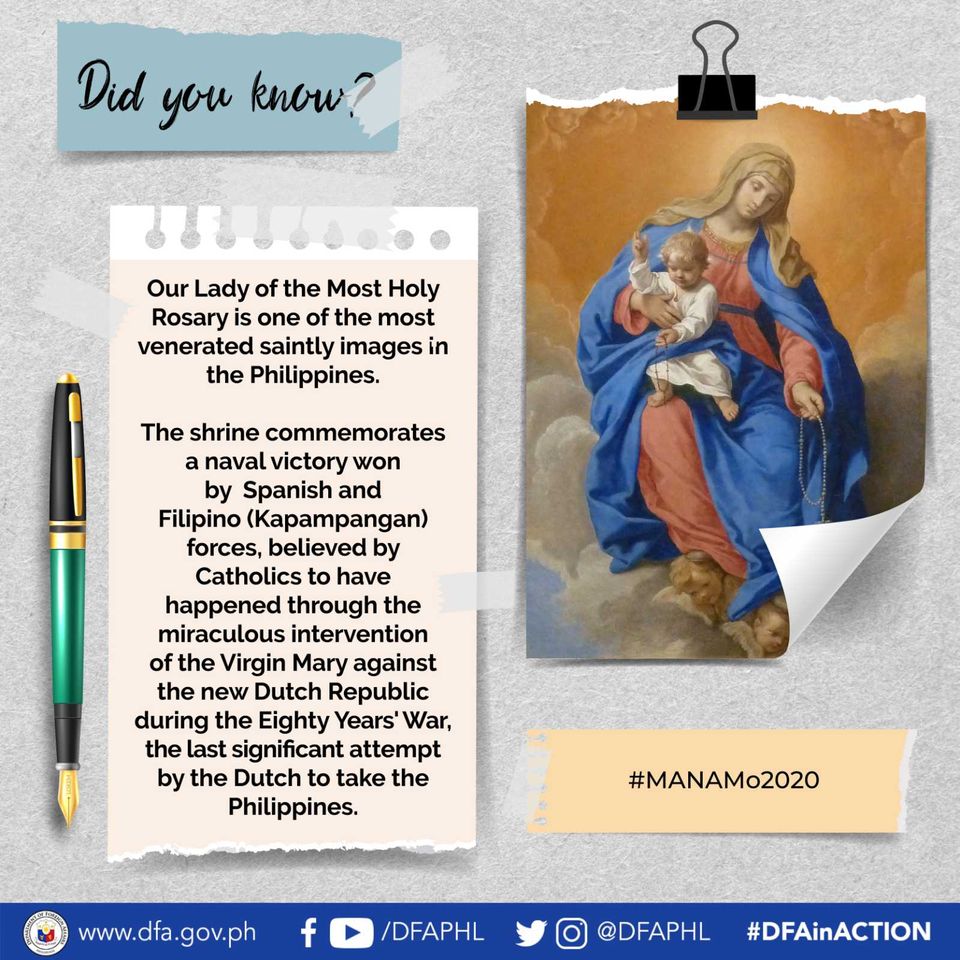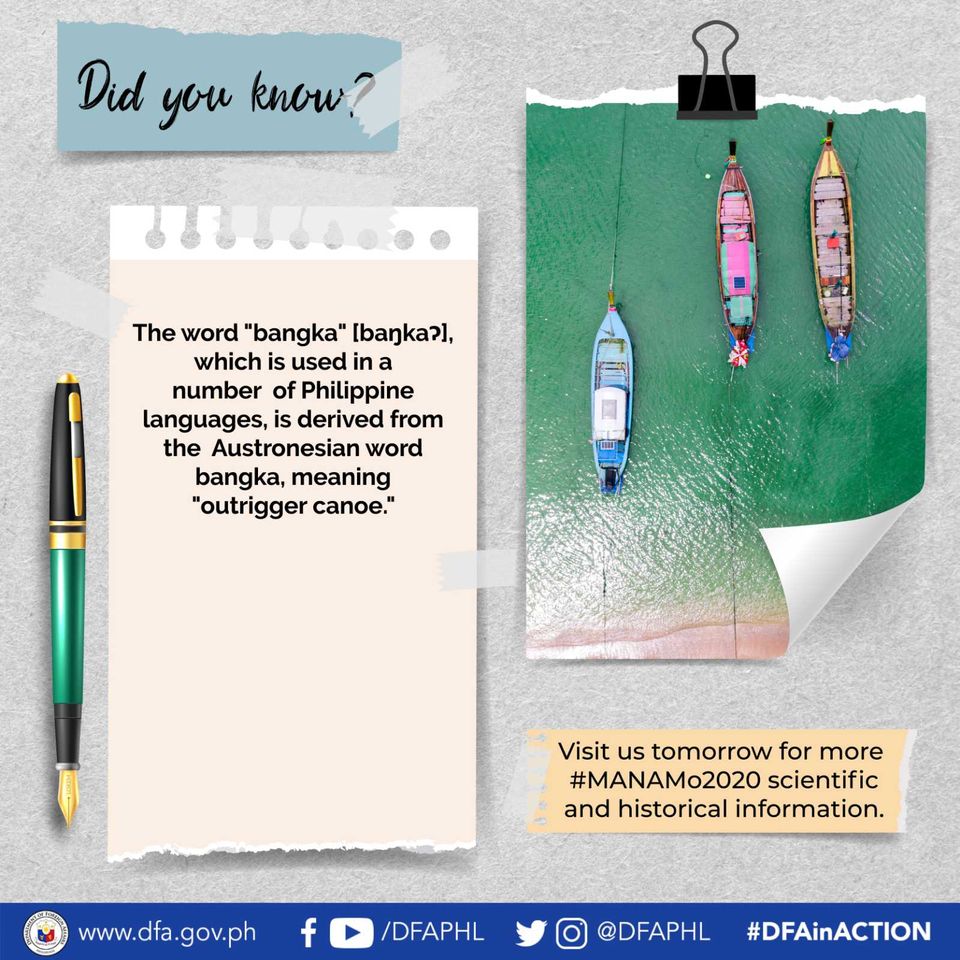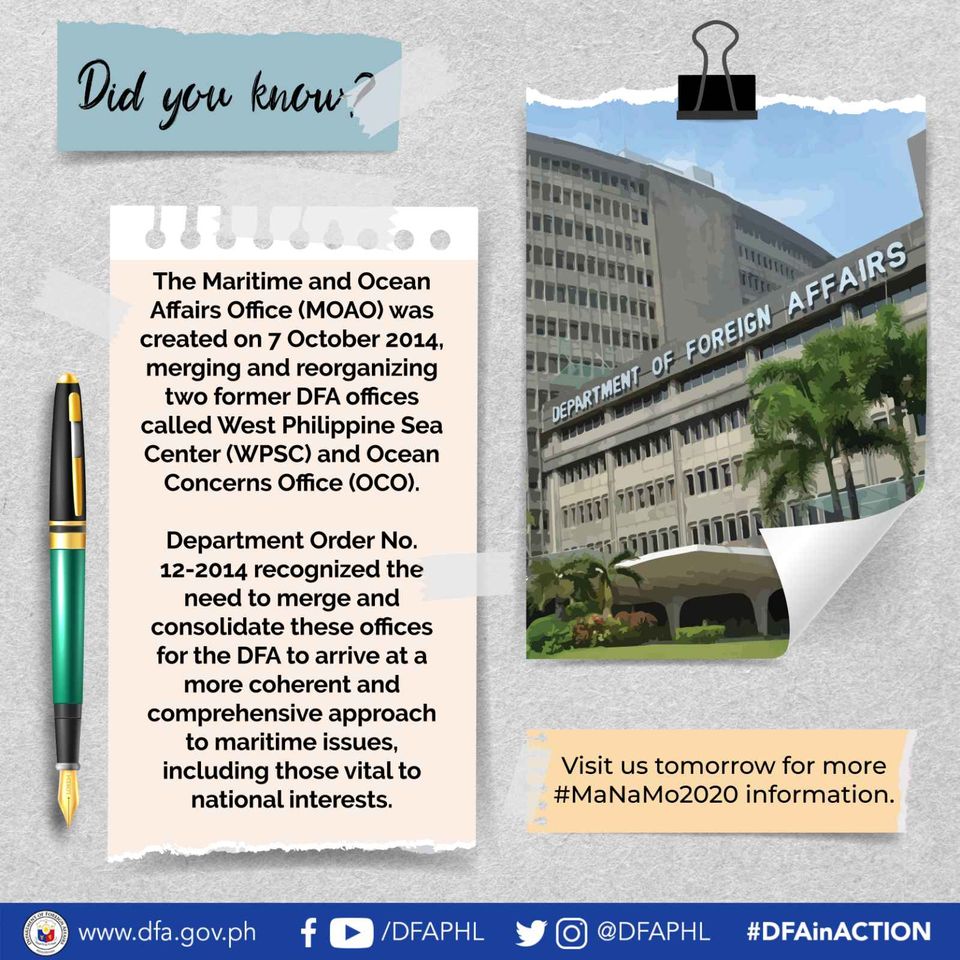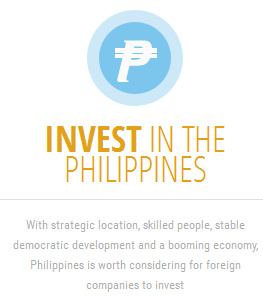Virtual Visits to the Philippines’ Museums Featuring a Special Tour of Museo Kordilyera on 26-31 October 2020!
The Philippine Embassy in Bangladesh is one with the Philippine nation in celebrating the country’s rich cultural heritage through the Museums and Galleries Month and the National Indigenous Peoples Month this October.
The Philippines has a rich cultural heritage that is cultivated and preserved in our various historical sites and museums. While the pandemic has limited the opportunities to visit and see the cultural hubs, the DFA brings the experience of the Philippine museums to your homes through the virtual tours to our museums in the Philippines.
Every day from 2 to 7 October, the Philippine Embassy in Bangladesh, through the DFA Office of Strategic Communications – Cultural Diplomacy Division, will feature one Philippine museum where you can tour virtually and on the 26th of October 2020, we invite you to join us in the opening event of our virtual tour of Museo Kordilyera!
“Museo Kordilyera Virtual Tour: From the Mountains of the Philippines, Into Your Homes” will be available on the DFA platforms from 26 to 31 October 2020 only.
Join us on this virtual tour and we hope this will inspire you to visit our museums in the future. Happy Museums and Galleries Month and National Indigenous Peoples Month!

Our Lady of the Most Holy Rosary is one of the most venerated saintly images in the Philippines.
The shrine commemorates a naval victory won by Spanish and Filipino (Kapampangan) forces, believed by Catholics to have happened through the miraculous intervention of the Virgin Mary against the new Dutch Republic during the Eighty Years' War, the last significant attempt by the Dutch to take the Philippines.

The Tagalog word for boat, "bangka" [baŋkaʔ], which is used in a number of Philippine languages, is derived from the Austronesian word bangka "outrigger canoe".
The Maritime and Ocean Affairs Office (MOAO) was created on 7 October 2014, merging and reorganizing two former DFA offices called West Philippine Sea Center (WPSC) and Ocean Concerns Office (OCO).
Department Order No. 12-2014 recognized the need to merge and consolidate these offices for the DFA to arrive at a more coherent and comprehensive approach to maritime issues, including those vital to national interests.












